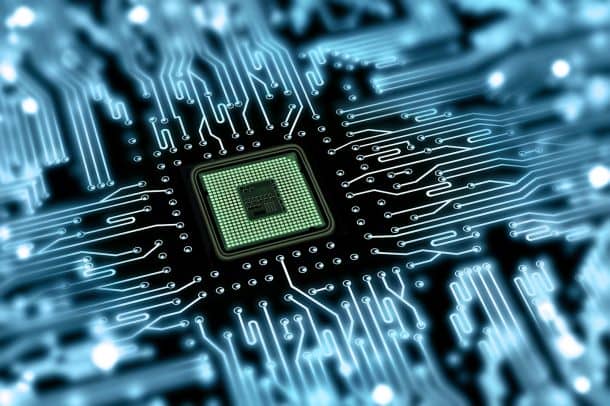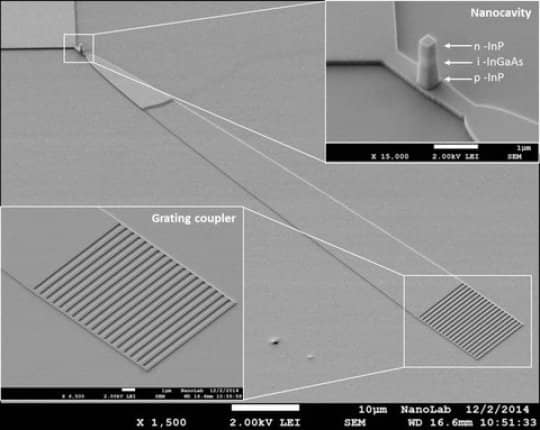Technology is growing at a very fast pace, which mainly depends on how much efficient and smaller the microchips become. While the world has managed to prove Moore’s law to be true until now, we can not be too sure as to how long it will stay so.

The researchers, at TU Eindhoven, have developed an LED-based material with a size of only a few hundred nanometers. The material is a thousand times more efficient than even the best of LED nanochips available to this day. The technology makes the connections more stable using optical sensors. The study was published in the journal Nature.
The LED nanochip has a silicon substrate on an indium phosphide membrane which improves the coupling of the light source and the waveguide so that the circuit utilizes the light more effectively. The tests conducted on the material have proven that it converts electrical signals to optical signals more efficiently which enables it to use more gigabytes of data.

Nearly all data transmissions at long distances are based on optical technology like the fiberglass due to its superior data handling capacity. The time is near when we will not be able to double the capacity of microchips every two years like Moore’s law says and if that happens, the technological development will definitely slow down. The current systems still use chips that rely solely on electronic communication. These silicon-based microchips are not optimal to utilize the power of fiber optics.
The large-scale optical connections have immense potential but to utilize that potential fully, these connections require a small-scale light source to be integrated with computer systems. An efficient light source at such a small scale is difficult to make, and the current fiber optics research at TU Eindhoven has created such a material that will serve as a climbing ladder to the future of optical technology.
The nano-LED based microchips, if successful, will lead us into an era of instantaneous communication so, the entire world is looking forward to them.
In which domains, do you think the nano-chips may be useful? Comment below!


